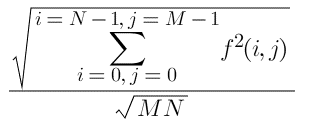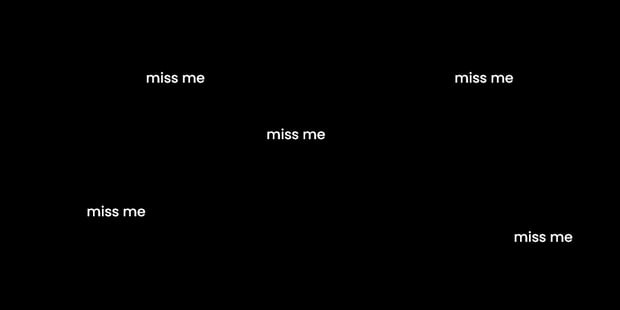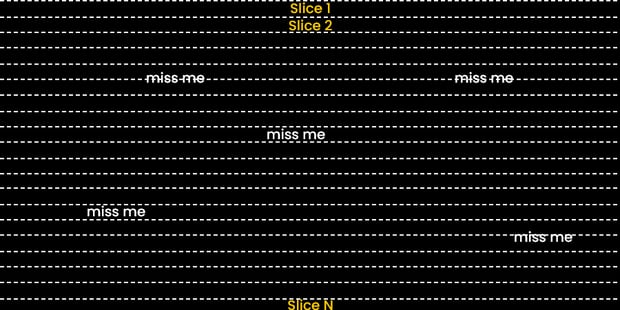RELATED POSTS
- Launching a VOD platform? Get THESE right first.
- Tone mapping: The secret sauce to powering life-like viewing experiences
- Dynamic fillers: Tickers, infovisual slates, lower thirds and interactivity
- Revolutionize your channel's ad pod strategy with Amagi THUNDERSTORM
- Delivering custom HTML graphics for live sports, news and weather channels
- Advanced Graphics Automation
- 4K UHD: Going beyond the pixels
- Make your content more accessible with Amagi's closed captioning service
- Stand out & offer captivating holiday viewing experiences with pop-up channels
- Drive efficiencies in news broadcasting
- FAST gains consumer appeal with a plethora of programming choices
- Product experience design: How Amagi delivers exceptional user experience
- Preethi Nair: chasing dreams with passionate confidence
- The scope of Free Ad-supported Streaming in LATAM TV
- Virtualizing Broadcast Operations with Baskar, CEO & Co-Founder, Amagi
- How sports teams can hit it out of the park with targeted FAST offerings
- New Intermediary Guidelines and Digital Media Ethics Code for India
- State of the TV Industry with Srini, Co-founder, Amagi
- Geek's Day with Vijaya Sagar
- Advantages of PVOD monetization to boost your revenue
- How to maximize your content and grow your audience on FAST
- Transformación Digital en Los Medios Y El Entretenimiento
- SSAI: A deep dive into effective content monetization
- How sports content owners can leverage FAST to boost revenue, reach and engagement
- Disaster recovery: Is your broadcasting network invincible?
- Why networks are retiring broadcast video playout servers
- 4 Major Challenges of VOD Distribution & How to Solve Them
- 5 fail-safe ways to beat CTV ad fatigue
- Say hello to multistreaming: one stream no longer fits all
- Delivering exceptional graphics and cost advantage with CPUs
- 5 tips for programming your FAST channel
- Reinventing news for a connected world
- Live streaming: 8 deadly scares your Mama warned you about
- Streaming and eSports: A relationship that’s meant to be
- How to live stream sporting events with Amagi
- Power your OTT strategy with analytics
- El alcance de la TV gratis por streaming financiada por publicidad en América latina
- Combating 5 biggest challenges of SSAI with Amagi THUNDERSTORM
- TV in 2024 Predictions: Personalization, global growth and the future of streaming
- TECH BLOG: Designing SSAI systems to achieve multi-million concurrency
- Move FAST to Reach CTV Audiences
- Reece Hunt: challenging stereotypes with positivity
- Tokyo Olympics: A new era dawns for Cloud
- Local news station groups can reinvent themselves by going FAST
- Mastering ad length: A key element to perfecting your CTV advertising strategy
- Ride the rising wave of CTV and FAST in Europe
- Are you a YouTuber? Move to Free Ad-Supported Streaming TV now
- TV scheduling meets Cloud workflow automation: Next-gen clip playlisting
- Luda Ruditsky: driving impact with empathy
- 5 reasons every local station group should consider FAST
- Sports on FAST track: How it’s making inroads into free ad supported streaming TV
- Has live sports made a touchdown on streaming TV?
- Speaking in numbers: How data and analytics can accelerate the FAST success story
- SXSW 2024: Q&A on new media and the future of storytelling
- FIFA World Cup 2022: A milestone in live streaming
- Adapt your content distribution for modern AVOD services
- Embrace a unified broadcast workflow
- Content security: Trusting the Cloud with your broadcast workflows
- UHD vs. 4K: Yes, they are different
- Multichannel playout software: Distribute & monetize with Amagi
- How to drive effective monetization outcomes from FAST
- Leverage Amagi CLOUDPORT to solve four earsplitting challenges audio brands face
- Cut costs and boost efficiency with specialized broadcast cloud services
- How much live news content is needed?
- Five top trends that'll dominate broadcast and OTT industry in 2022
- How to Create a TV Channel Online & Maximize Its Revenue
- Video Streaming App Development: Know What's Important
- Women Leaders in Technology
- Boost ad revenue with Dynamic Ad Insertion (DAI) for linear TV
- State of the TV Industry with Srini, Co-founder, Amagi
- US-East-1 outage: Good luck to AWS engineers
- Will boom in CTV help Free Ad Supported TV thrive in APAC?
- Broadcast industry: What to expect in 2021?
- How to Start a Channel on TV: A Complete Guide
- From linear to FAST: Evan Shapiro on the now and next of the streaming TV universe
- Cloud revolution: Supercharging MCR operations
- Top 6 benefits of unified workflow for broadcast and OTT
- The emerging role of FAST in political advertising
- The blockbuster genre of the FAST world: News
- Is the Indian appetite for free content enough to propel FAST over SVOD?
- FAST advertising: What's in it for advertisers?
- FAST 101: A content owner's guide to Free Ad-supported Streaming TV
- Revolutionizing live sports and events coverage with unified cloud workflows
- The top 5 broadcasting and streaming industry trends of 2023
- Power better content monetization opportunities with new ad formats
- Going live in five
- Transforming live broadcasting through cloud technology, FAST, and single live events
- Have faith in FAST!Delivering religious content via free ad-supported streaming TV
- Top 3 FAST monetization strategies to drive revenue
- The best cloud-based broadcast scheduling software | Amagi
- 5 Reasons You Need a FAST Solution
- 5 broadcast playout software tools (+ 10 features to look for)
- AIRTIME Episode 1: FAST Growth & CTV Ad Opportunity
- Q&A with Alan Wolk: FAST’s future, global growth, advertising impact and more
- Roku channel creation: How to launch, manage, & monetize
- THRIVE in the FAST world in 2021 and beyond
- AIRTIME Episode 2: Indian Elections and Digital Media
- 5 key insider tips for enhancing your FAST distribution strategy
- LA FAST 2023: How to build a FAST business, optimize your advertising strategy and prepare for the future








